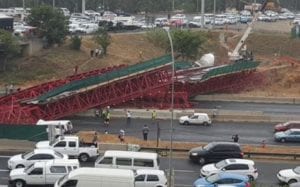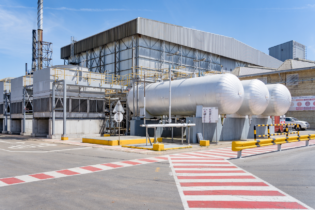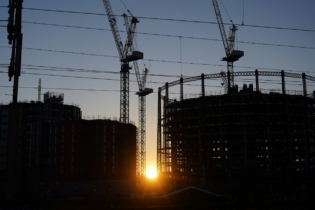Mostert disputed that claims, instead pointing the finger at Form-Scaff, criticising the couplers they supplied. According to Mostert, a variety of couplers were used including pre-used couplers which may have been weakened by previous use.
He also countered claims by Amog that the couplers should have been tightened to 55 Nm using a torque wrench. Mostert testified that this instruction was not given to Murray & Roberts, nor is it standard industry practice. The structural bridge collapsed 14 October 2015, killing two people and injuring another 19. The Department of Labour set up a section 32 inquiry to investigate instances of negligence and contravention of safety legislation. The inquiry will continue today with Mostert’s testimony.
The M1 Gayston Drive bridge collapsed because of material failure and an inability to withstand the force of the wind. This was the testimony by an expert witness at the inquiry this week.
Prof Roelof Mostert, head of the department of material science and metallurgical engineering at the University of Pretoria, presented his report prepared for Murray & Roberts. He found that the temporary structure collapsed as it failed to resist the force of a strong westerly wind and pointed to bad couplers as a potential cause.
Collapse analysis expert Australian Engineers Amog investigated the matter on behalf of the scaffolding supplier Form-Scaff. Amog found that Murray & Roberts staff failed to properly tighten the couplers which, if properly tightened, would have ensured that the structure was robust enough to withstand the wind.








